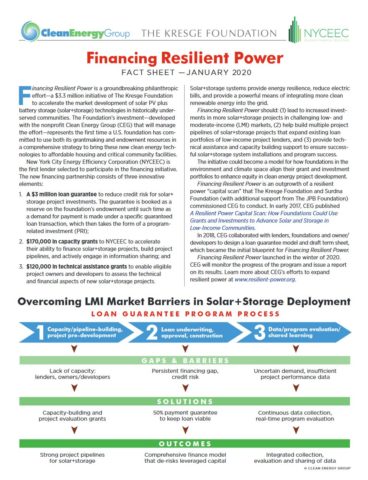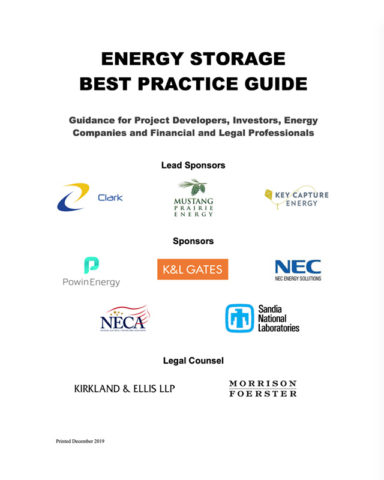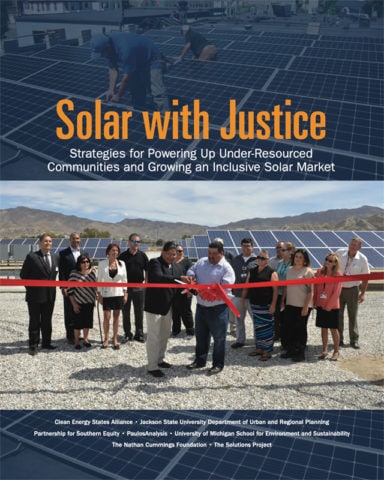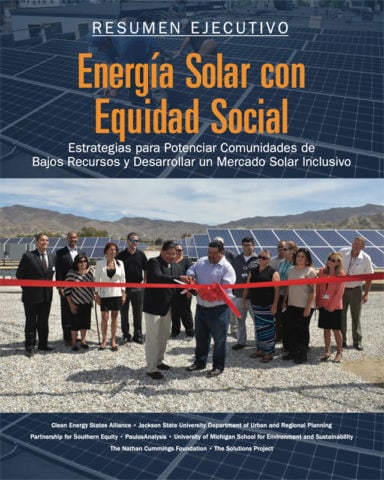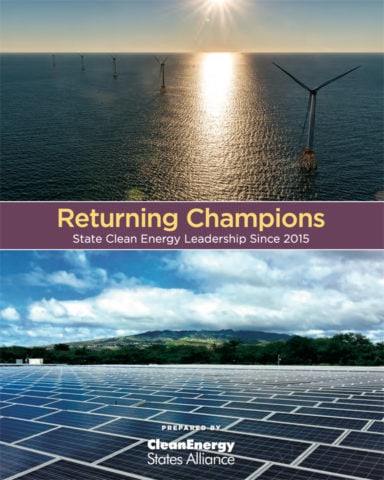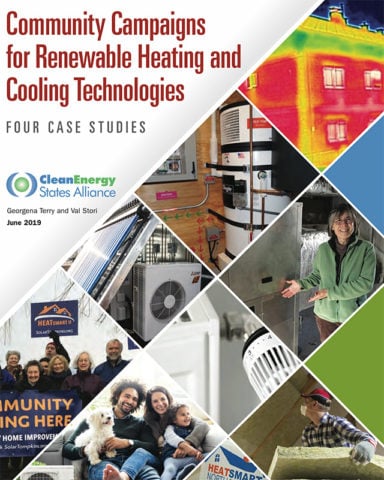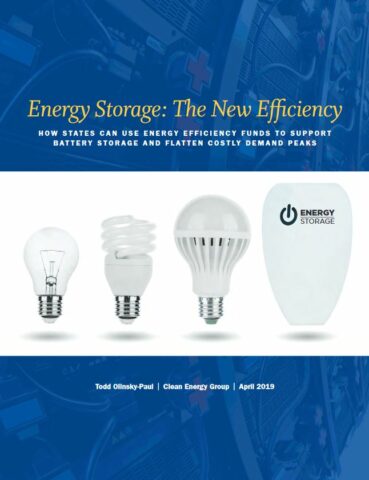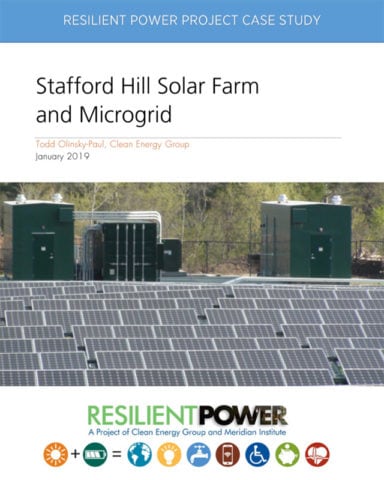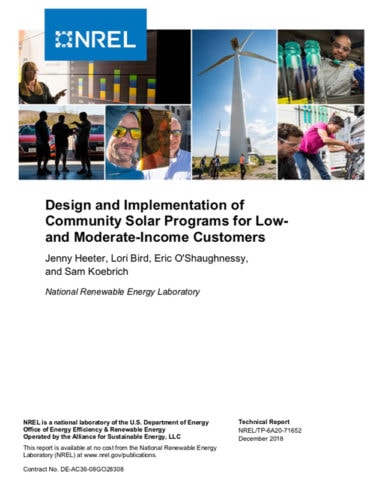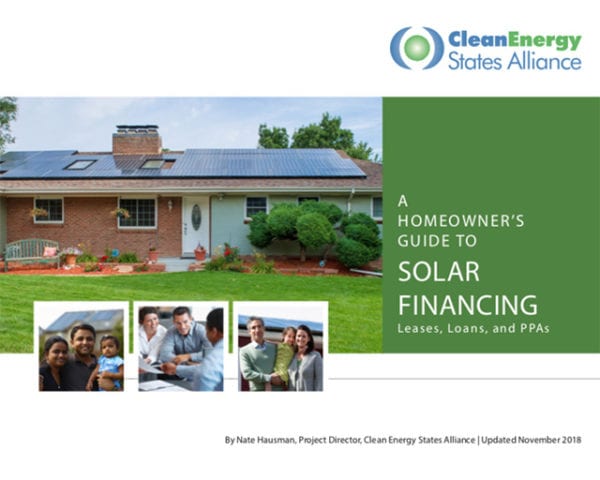Resource Archive - Report
SEARCH RESOURCES
You can also search by author name.
RESOURCE TYPES
RESOURCE TOPICS
RESOURCE PROJECTS
RESOURCE YEARS
Financing Resilient Power is a new, groundbreaking philanthropic effort—a $3.3 million initiative of The Kresge Foundation to accelerate the market development of solar+storage technologies in vulnerable and disadvantaged communities.
This Best Practice Guide covers eight key aspect areas of an energy storage project proposal. This Guide documents the industry expertise of leading firms, covering the different project components to help reduce the internal cost of project development and financing for both project developers and investors.
This report aims to accelerate the implementation of solar in under-resourced communities in ways that provide meaningful, long-lasting benefits to those communities.
El objetivo del informe “Energía Solar con Equidad Social” es acelerar la implementación de energía solar en comunidades de escasos recursos en formas que proporcionen beneficios significativos y duraderos para estas comunidades.
Returning Champions: State Clean Energy Leadership Since 2015, a new report from the Clean Energy States Alliance (CESA), highlights the essential role that states are playing to develop and implement effective policies and programs. The report describes the range of strategies and initiatives that states are using to grow clean energy markets, and it provides readers with a concise overview of clean energy trends at the state level.
This report describes the reasons for, and development of, community-based renewable heating and cooling campaigns by featuring four case studies of some of the earliest community-led efforts.
This report explains the steps Massachusetts took to become the first state to integrate energy storage technologies into its energy efficiency plan, including actions to 1) expand the goals and definition of energy efficiency to include peak demand reduction, and 2) show that customer-sited battery storage can pass the required cost-effectiveness test.
Vermont’s largest utility installed a solar+storage microgrid in Rutland, VT that saves hundreds of thousands of dollars and can supply backup power to an emergency shelter. This case study includes technical and financial details, as well as lessons learned over the course of the project.
This report reviews existing and emerging LMI community solar programs, discusses key questions related to program design, outlines how states can leverage incentives and finance structures to lower the cost of LMI community solar, and examines marketing and outreach considerations.
This guide aims to help homeowners navigate the complex landscape of residential solar photovoltaic (PV) system financing. The guide describes three popular residential solar financing choices – leases, loans, and power purchase agreements (PPAs) – and explains the advantages and disadvantages of each, as well as how they compare to a direct cash purchase. It clarifies key solar financing terms and provides a list of questions homeowners should ask before deciding if and how to proceed with installing a solar system.

